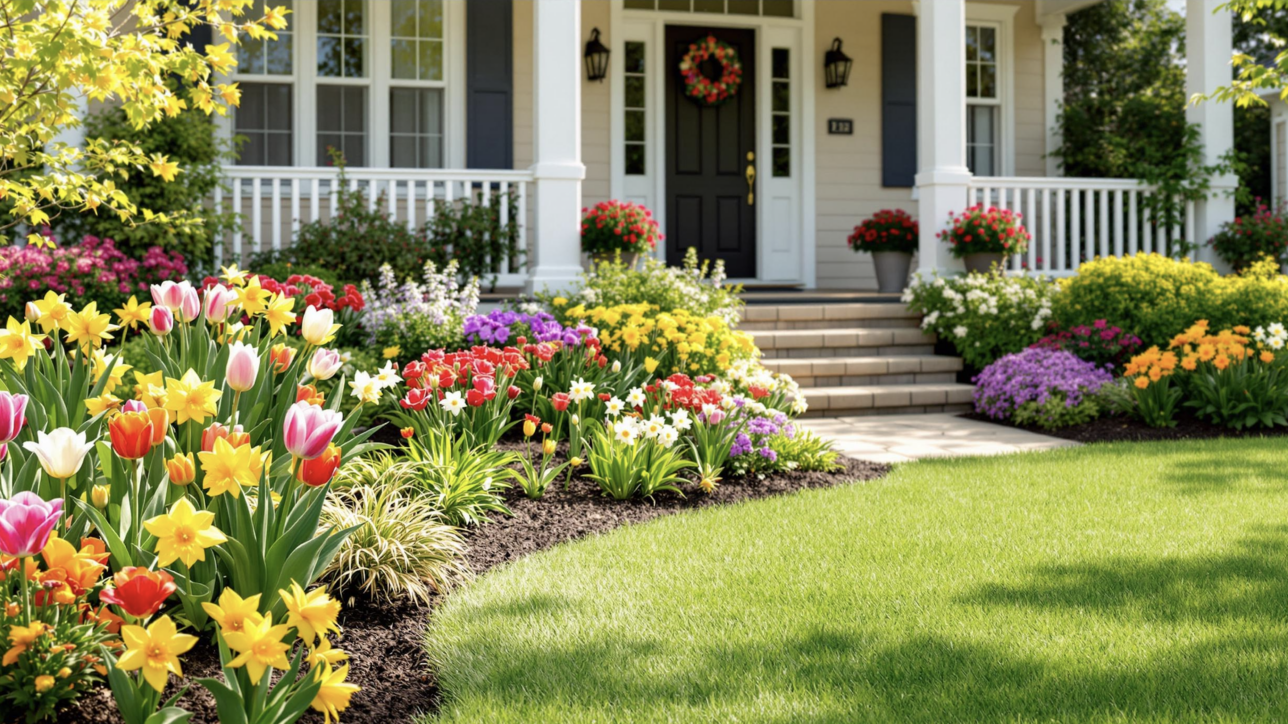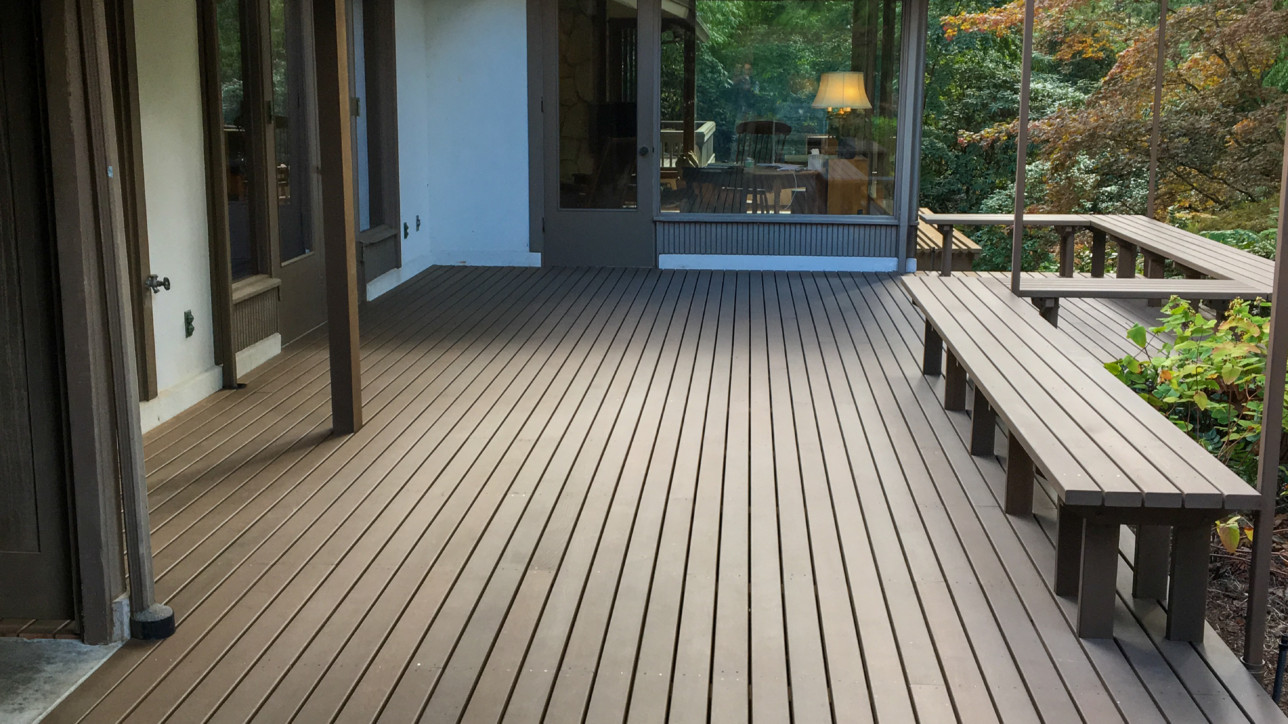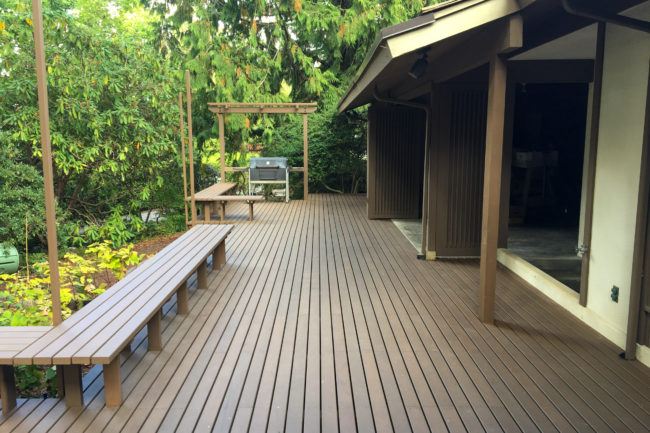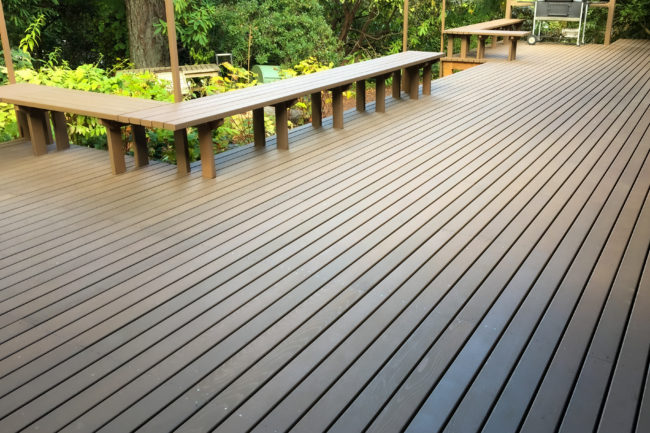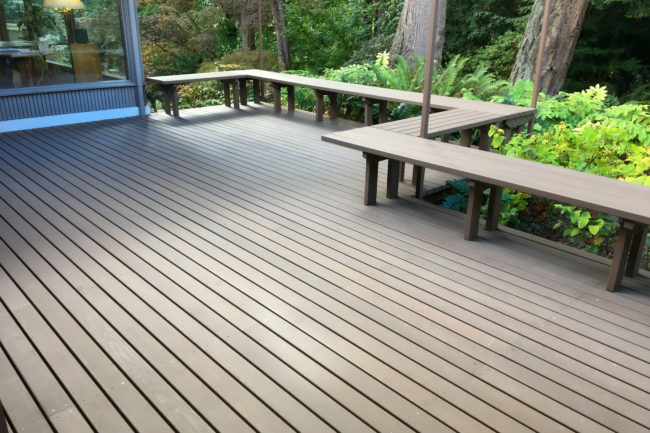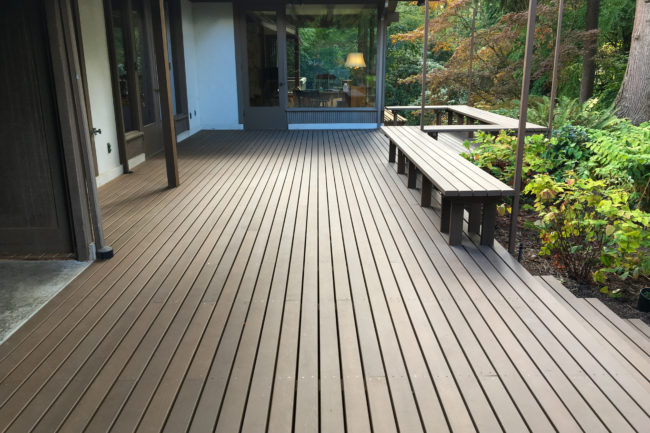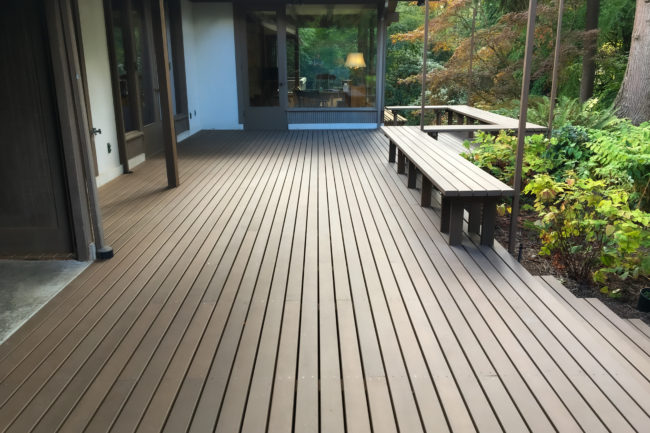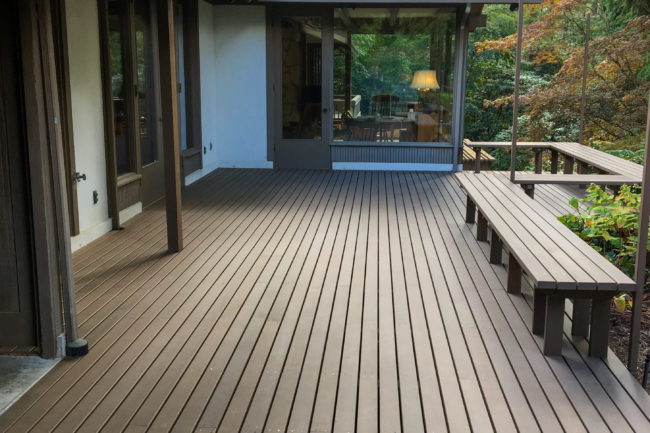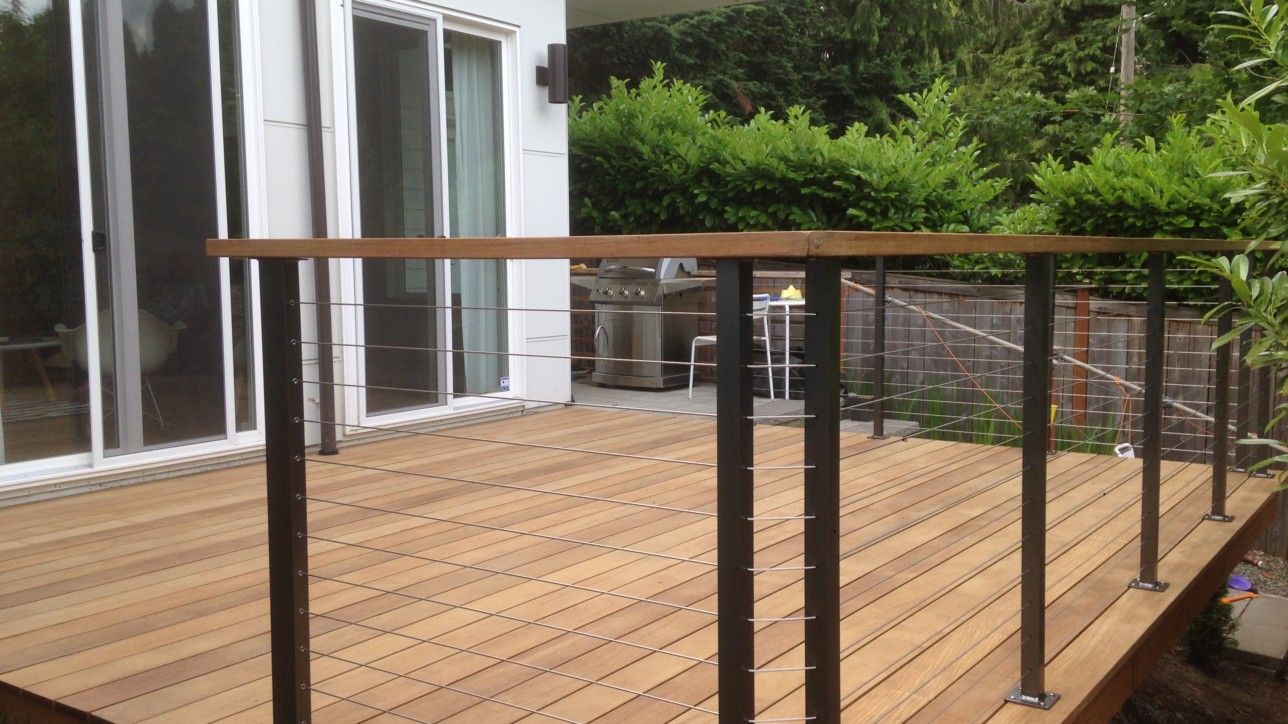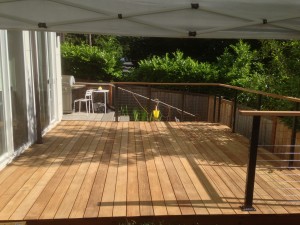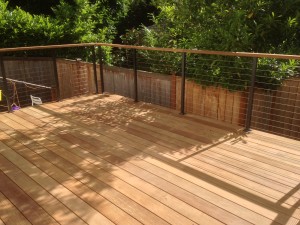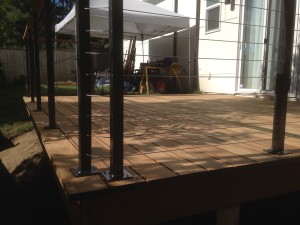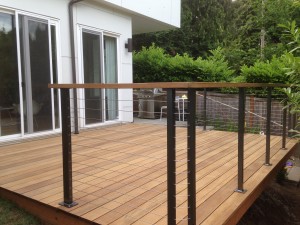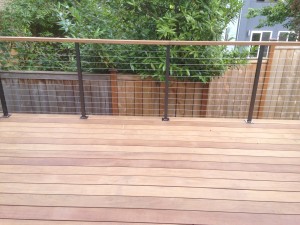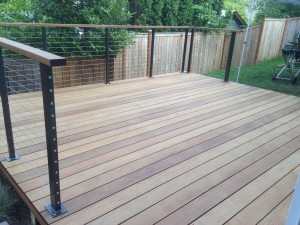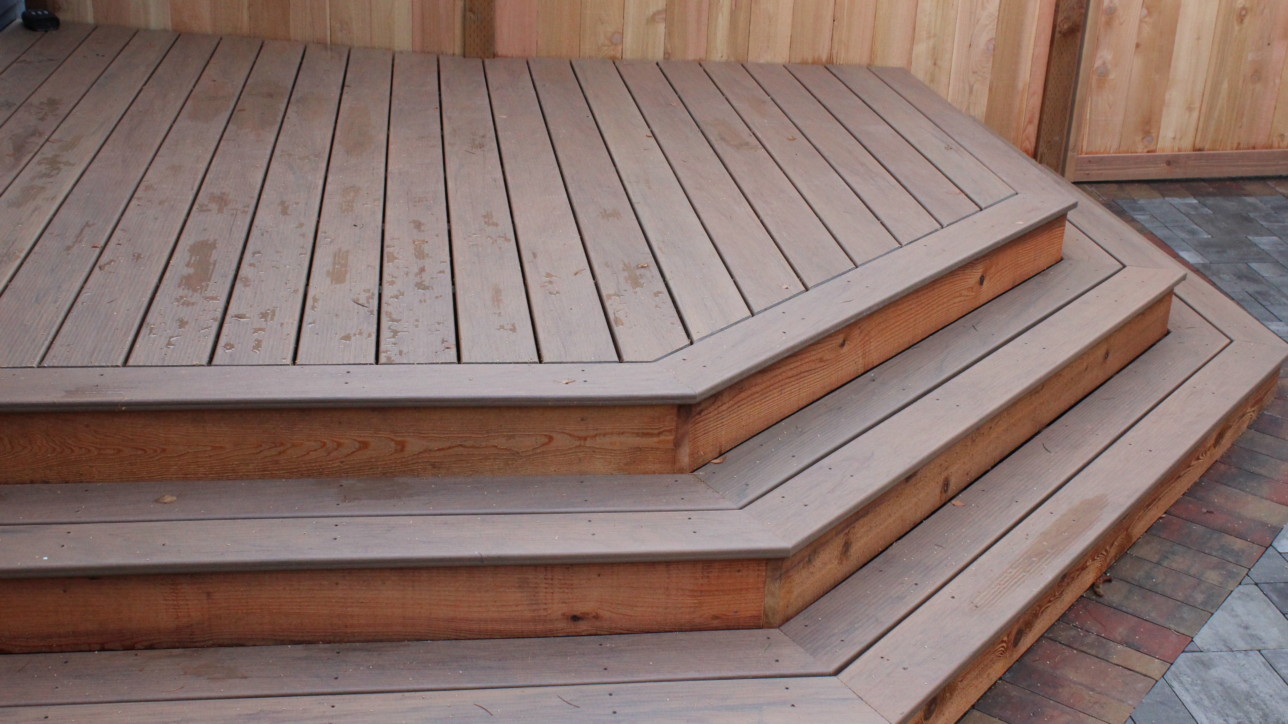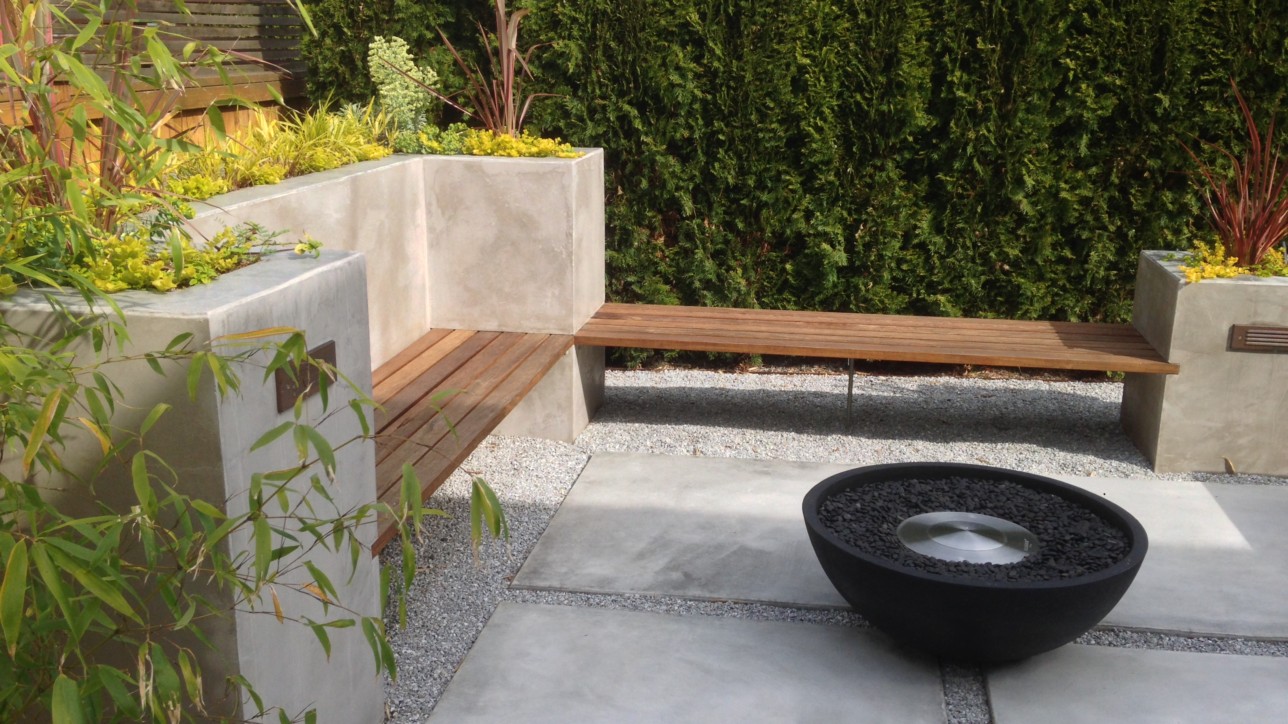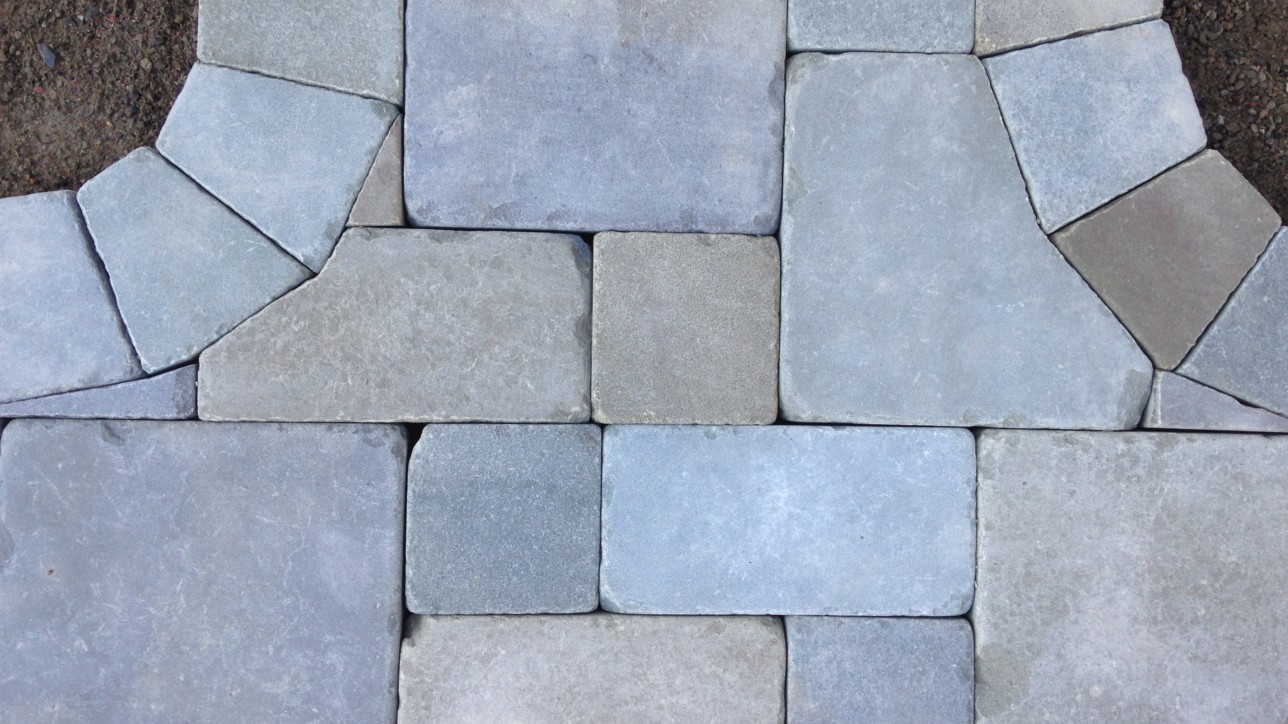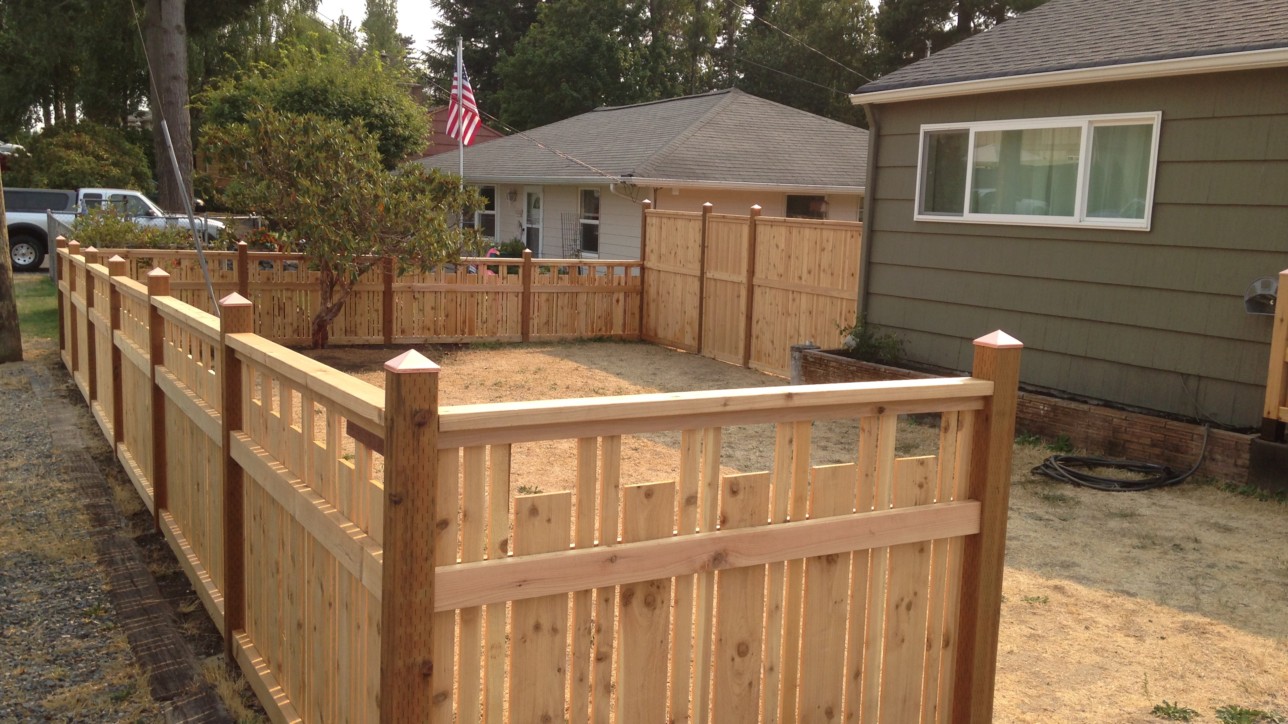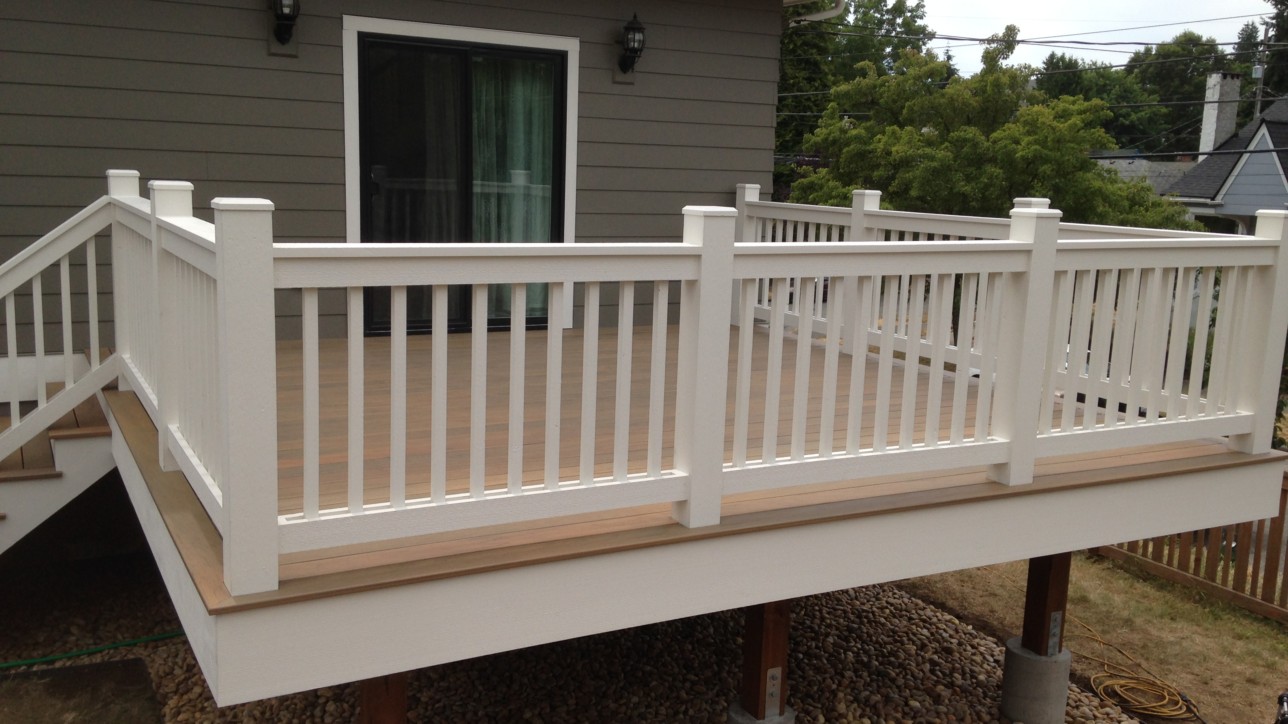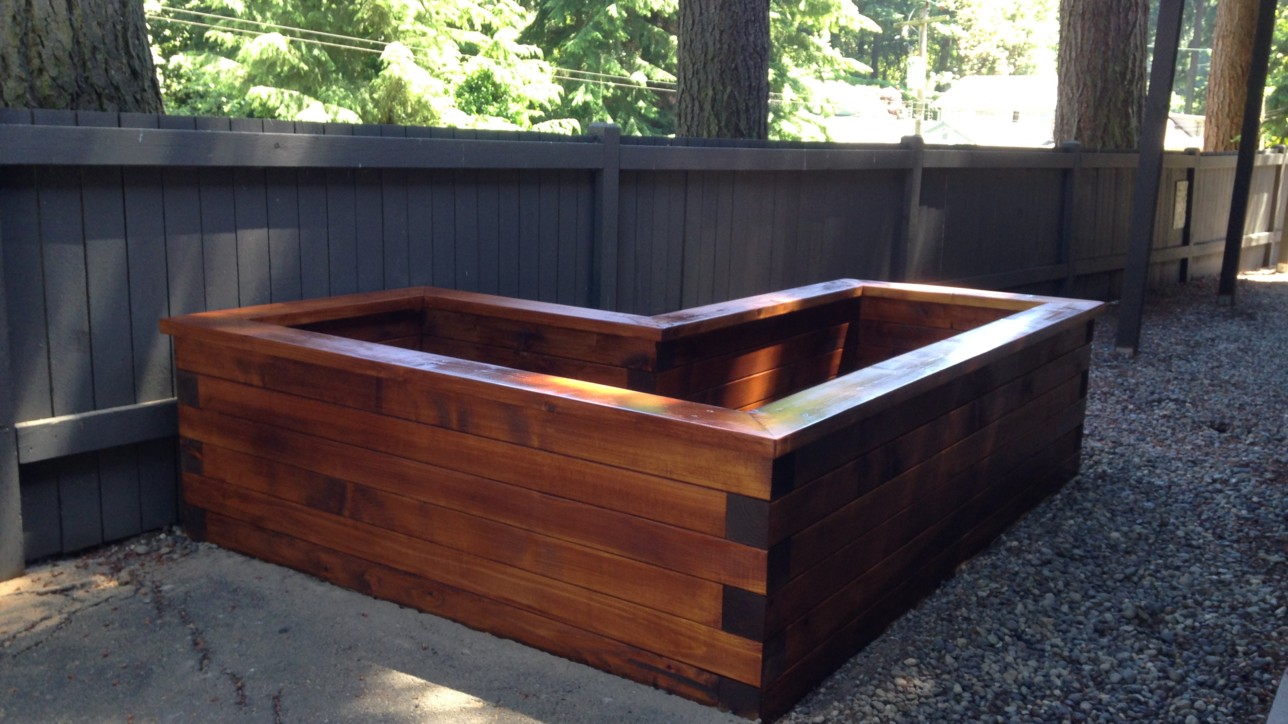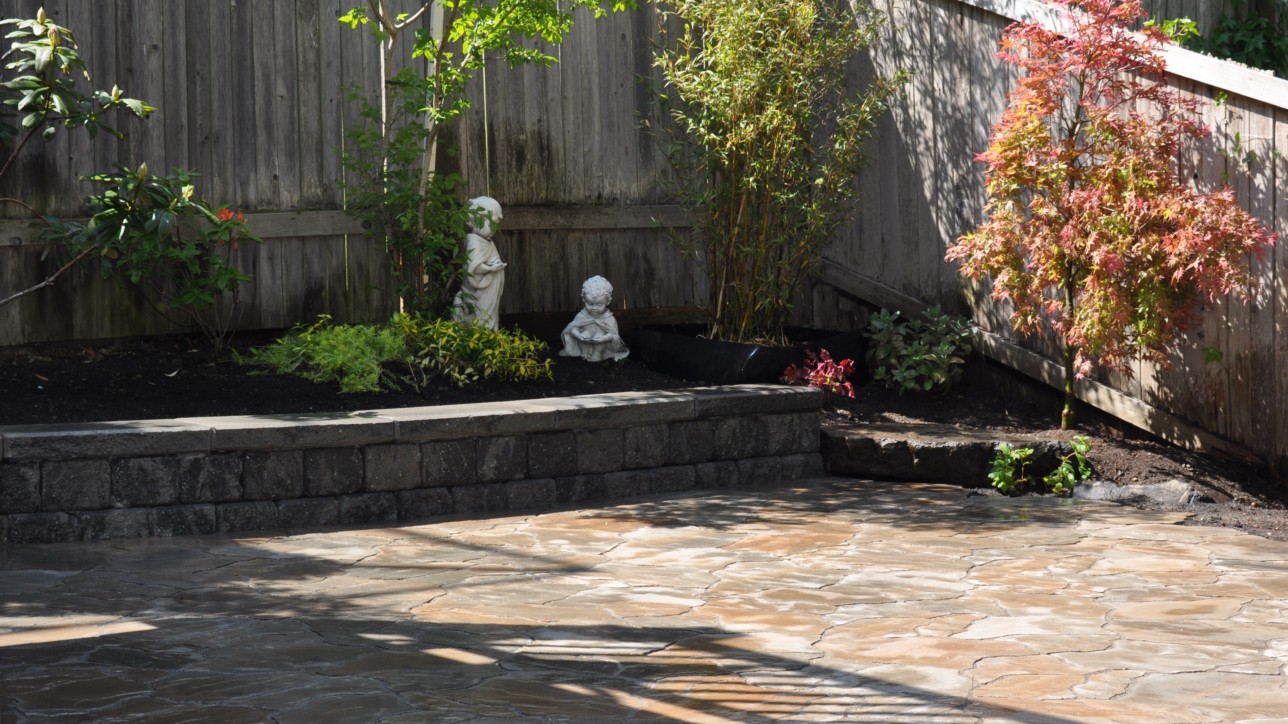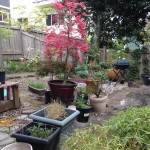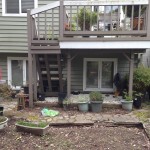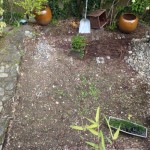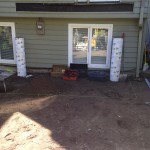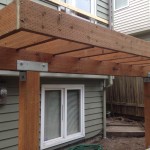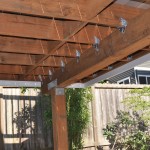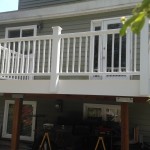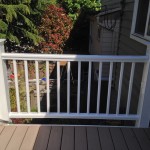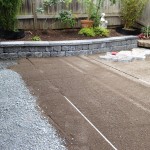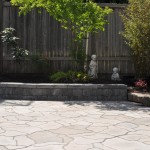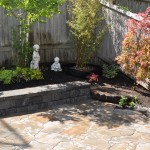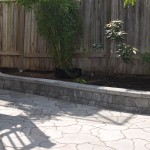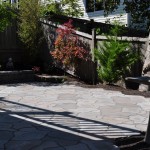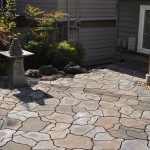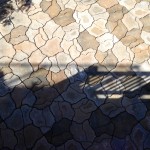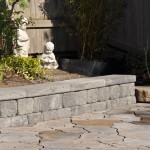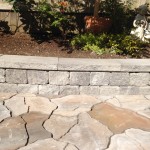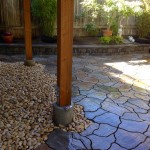Want to boost your home’s value this spring? Landscaping can increase resale prices by 15-20% while cutting maintenance costs. From eco-friendly native gardens to outdoor living spaces, here are 7 practical projects to enhance curb appeal and attract buyers:
- Native Plant Gardens: Save water (50-70%) and support local wildlife.
- Water-Permeable Walkways: Reduce runoff and improve drainage.
- Shade Trees: Lower energy bills by up to 50%.
- LED Landscape Lighting: Cut energy costs by 75%.
- Smart Water Features: Manage runoff and add a calming touch.
- No-Mow Ground Covers: Save $800-$1,700 annually on lawn care.
- Outdoor Living Areas: Add patios, fire pits, or kitchens for year-round use.
These upgrades not only look great but also align with low-maintenance and eco-conscious trends. Dive into the details to see how these projects can transform your outdoor space.
Landscaping Ideas to Increase the Value of Your Home
1. Build a Native Plant Garden
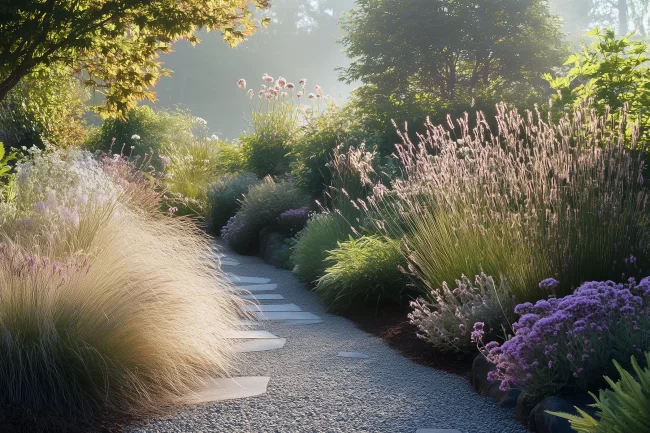
Planting a native garden is a budget-friendly way to increase your home’s appeal while cutting down on upkeep. Native plants are well-suited to your area’s climate, making them easier to maintain. Plus, their deep roots help prevent soil erosion and provide a habitat for local pollinators and wildlife.
Start by analyzing your yard’s soil, sunlight, and drainage. The National Wildlife Federation‘s Native Plant Finder database [6] is a great tool for identifying plants that thrive in your region. You can also visit local nurseries that specialize in native species for personalized advice.
For a visually appealing garden, think about layering. Combine native groundcovers, flowering perennials like Black-Eyed Susan, and shrubs such as Eastern Redbud to add depth and structure. Group plants with similar water needs using hydrozoning techniques – this can cut water costs by 30-60% [1]. Spread organic mulch around plants to help retain moisture, reduce weeds, and assist growth.
Modern buyers are drawn to this eco-friendly landscaping approach, which pairs low maintenance with natural beauty. Make sure to water plants well during their early stages and check local regulations before getting started.
This type of garden works beautifully alongside functional hardscaping, like the permeable walkways we’ll cover next.
2. Install Water-Permeable Walkways
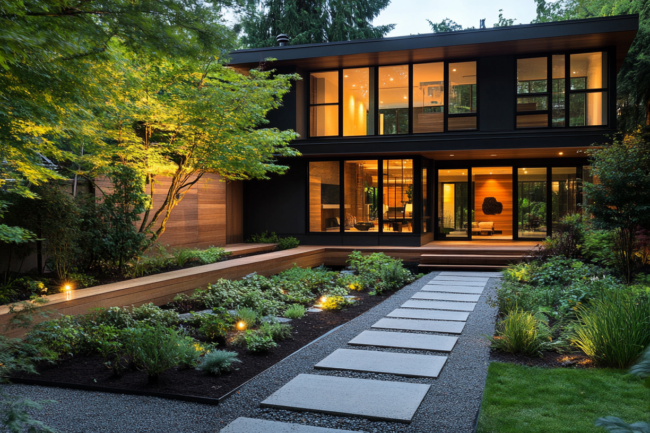 Water-permeable walkways not only improve the look of your property but also address drainage problems by allowing 80-100% of rainwater to soak into the ground [10][12]. Plus, they cater to the growing demand for eco-friendly home features [8].
Water-permeable walkways not only improve the look of your property but also address drainage problems by allowing 80-100% of rainwater to soak into the ground [10][12]. Plus, they cater to the growing demand for eco-friendly home features [8].
Here’s a breakdown of common permeable materials and their uses:
| Material | Cost per sq ft | Best For |
|---|---|---|
| Permeable Pavers | $10-30 | High-traffic areas, formal designs (lasts 20-30 years) |
| Porous Asphalt | $7-13 | Driveways, high-use paths (lasts 15-20 years) |
| Porous Concrete | $8-15 | Modern designs, pool surrounds (lasts 20-25 years) |
| Gravel with Stabilizers | $5-10 | Casual paths, garden walks (lasts 10-15 years) |
Cities that use permeable surfaces have reported an 85% reduction in runoff and 60% fewer flooding issues each year [10][12].
Maintenance Tips
- Regular cleaning: Sweep or blow away debris to avoid clogging.
- Professional care: Schedule cleanings once or twice a year.
- Deep cleaning: Every 3-5 years, thoroughly clean the surface.
- Paver joints: Refill periodically to keep them in good condition.
Compared to traditional materials, these surfaces typically require 20-30% less upkeep over their lifespan [13]. They’re especially useful in areas prone to flooding, helping to minimize ice hazards and water pooling.
If you’re considering this upgrade, it’s a good idea to hire a contractor experienced in permeable installations. While the initial cost might be higher, the long-term savings on maintenance, potential property value boosts, and even municipal incentives make it a smart investment.
Another bonus? These walkways pair perfectly with shade trees, adding beauty and energy efficiency to your property.
3. Add Trees for Shade and Value
 Pair your permeable walkways with well-placed trees to improve your home’s look and energy efficiency. Thoughtfully positioned trees not only boost curb appeal but also help lower energy bills. Planting deciduous trees on the south and west sides can cut summer air conditioning costs by 15-50%, while evergreens on the north side can reduce winter heating expenses by 20-30% [5].
Pair your permeable walkways with well-placed trees to improve your home’s look and energy efficiency. Thoughtfully positioned trees not only boost curb appeal but also help lower energy bills. Planting deciduous trees on the south and west sides can cut summer air conditioning costs by 15-50%, while evergreens on the north side can reduce winter heating expenses by 20-30% [5].
Smart Placement for Energy Savings
To maximize energy efficiency, plant deciduous trees on the south and west sides of your home. These trees provide shade during hot summers and let in sunlight during colder months after shedding their leaves. On the north side, evergreens act as natural windbreaks, helping to cut heating costs significantly.
| Tree Location | Primary Benefit | Energy Impact |
|---|---|---|
| South & West | Cooling in Summer | 15-50% reduction in AC use |
| North Side | Winter Windbreak | 20-30% savings on heating |
| East Side | Morning Shade | Moderate cooling benefits |
Top Tree Choices for the Seattle and NW Washington Area
Here are some tree species that can bring long-term benefits:
- Maple Trees
Maples provide excellent shade and vibrant fall colors. Plant them at least 20 feet from your home to avoid root issues. These trees can increase property values by 3-5% [1]. - Stewartia Trees
Stewartia’s provide the perfect blend of size and beauty. They offer moderate shade, but delight in fall colors and spring beauty. - Dogwood Trees
Perfect for smaller spaces, dogwoods shine year-round with spring flowers, lush summer leaves, and striking winter bark. They’re ideal near patios or as decorative accents.
Key Tree Care Tips
Keep your trees healthy with proper care, ensuring a 95% survival rate [7]. This includes deep watering when first planted, regular pruning, and monitoring for diseases. Healthy, well-maintained trees can increase property values by 3-15%, depending on their type and location [1][5].
4. Set Up LED Landscape Lighting
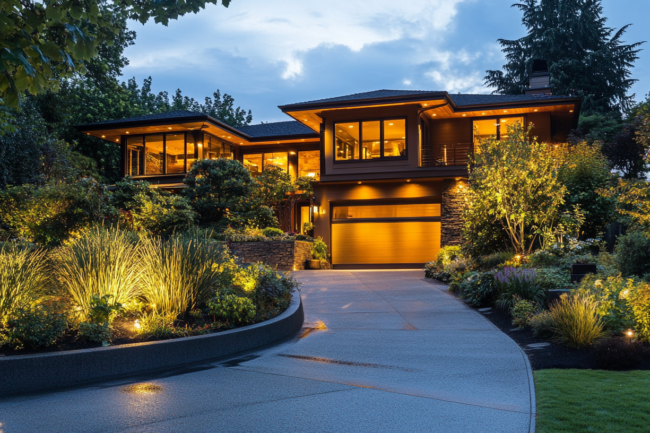 Pair your energy-saving landscaping with LED lighting that works around the clock. LED systems can boost your home’s value by up to 20% [10][12] while cutting energy costs by 75% compared to older lighting options [2]. Plus, like native plants and permeable surfaces, LED lights cater to buyers looking for eco-conscious home features.
Pair your energy-saving landscaping with LED lighting that works around the clock. LED systems can boost your home’s value by up to 20% [10][12] while cutting energy costs by 75% compared to older lighting options [2]. Plus, like native plants and permeable surfaces, LED lights cater to buyers looking for eco-conscious home features.
Strategic Placement for Better Results
Place your lights thoughtfully to enhance both safety and curb appeal:
- Entry Points: Use warm white LEDs (2700K-3000K) to light up your front door and garage for a welcoming vibe.
- Architectural Features: Add uplighting to emphasize your home’s standout exterior details.
- Pathways: Install ground-level lights along walkways to improve visibility and safety.
- Trees and Gardens: Use spotlights to draw attention to mature trees and other landscaping highlights.
Smart Lighting Options
Modern LED lighting systems come with advanced features that make your property more appealing. Options like motion sensors, smartphone controls, and automated scheduling add convenience while slashing energy use by up to 90% compared to inefficient setups [8]. Smart controls can even adjust brightness based on natural light, maximizing energy savings.
| Lighting Type | Energy Savings | Lifespan (Years) |
|---|---|---|
| LED | 75% | 15 |
| Traditional Halogen | 0% | 0.6 |
| Solar LED | 100% | 9 |
Should You DIY or Hire a Pro?
DIY kits ($100-$500) are budget-friendly, but professional installations ($2,000-$4,500) ensure precise placement and superior performance – details that buyers often see as premium upgrades [14].
Easy Maintenance
LED bulbs are low-maintenance and can last up to 50,000 hours [2]. To keep them running smoothly, clean the fixtures regularly and adjust them as needed.
This lighting addition pairs beautifully with water features, which we’ll dive into next.
5. Build Smart Water Features
 Adding water features can enhance your property’s look and functionality while increasing its value. Today’s designs often prioritize water-saving methods, making them attractive to modern homeowners.
Adding water features can enhance your property’s look and functionality while increasing its value. Today’s designs often prioritize water-saving methods, making them attractive to modern homeowners.
Rain Gardens: A Natural Solution for Runoff
A rain garden covering 100 square feet can handle runoff from a 1,000-square-foot roof [4]. These gardens are best placed at least 10 feet from your home’s foundation in areas where water naturally gathers. They not only help manage water but also support local wildlife and filter out pollutants.
Smart Irrigation Systems
Irrigation systems equipped with advanced features like weather-based adjustments and leak detection can reduce outdoor water use by 20-50% [9]. This translates to saving roughly 7,600 gallons of water annually [3]. Key features include:
- Weather-based watering schedules
- Soil moisture sensors
- App-based controls
- Built-in leak detection
Easy-to-Maintain Water Features
If you prefer less upkeep, go for options like pondless waterfalls or bubbling rock fountains. These designs recycle water efficiently and add a calming vibe to your outdoor space.
Maintenance Tips for Longevity
To keep your water features running smoothly:
- Clean filters monthly
- Adjust irrigation settings with the seasons
- Schedule a professional inspection once a year
Pair these upgrades with low-maintenance ground covers for a polished look that requires minimal effort. This combination not only saves time but also boosts curb appeal.
6. Switch to No-Mow Ground Cover
 Replacing traditional lawns with no-mow ground covers can save homeowners between $800 and $1,700 annually by cutting water and mowing costs [2]. Plus, you’ll no longer need mowing equipment, fuel, or as much fertilizer and pesticides. Much like native plant gardens (see Section 1), these alternatives align with the growing interest in eco-friendly landscaping.
Replacing traditional lawns with no-mow ground covers can save homeowners between $800 and $1,700 annually by cutting water and mowing costs [2]. Plus, you’ll no longer need mowing equipment, fuel, or as much fertilizer and pesticides. Much like native plant gardens (see Section 1), these alternatives align with the growing interest in eco-friendly landscaping.
Best Ground Cover Options
The right ground cover depends on your local climate. Here’s a quick guide to help you choose:
| Ground Cover | Ideal Climate | Time to Mature |
|---|---|---|
| White Clover | Temperate/Humid | 4-6 weeks |
| Creeping Thyme | Cold/Temperate | 3-6 months |
| Sedum | Hot/Dry | 2-3 months |
| Buffalo Grass | Hot/Dry | 1-2 months |
| Moss | Humid/Shaded | 3-4 months |
Installation Process
Timing is key to successfully establishing ground covers. Early spring, when the soil starts warming, is the best time to begin. Follow these steps:
- Clear the area of grass and enrich the soil with compost.
- Plant your chosen ground cover, spacing it appropriately for your climate.
- Water daily for the first 4-6 weeks to help the plants take root.
Boosting Property Appeal
Homes featuring no-mow ground covers tend to sell 5-11% faster than those with traditional lawns [12]. Pairing these covers with permeable walkways (see Section 2) can create a cohesive, water-efficient outdoor space.
Maintenance Tips
- Pull weeds quickly during the early growth phase.
- Once established, water deeply but less often.
- Trim edges once a year to keep boundaries tidy.
- Add a thin layer of organic mulch in spring to help control weeds.
These low-maintenance alternatives provide a great base for creating functional and attractive outdoor living spaces.
7. Create Outdoor Living Areas
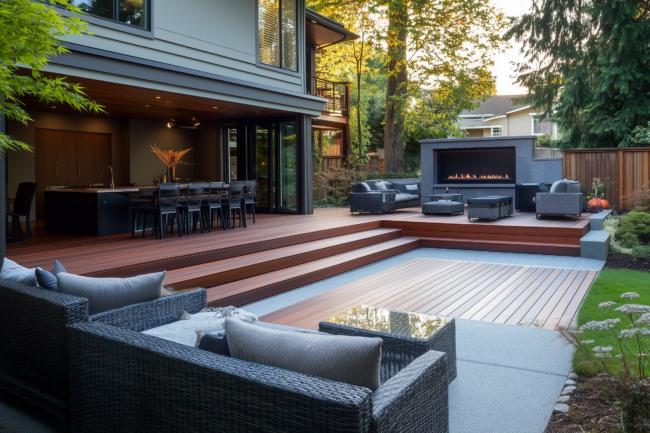 Outdoor spaces are a top priority for 82% of buyers [1], turning backyards into sought-after extensions of a home’s living space.
Outdoor spaces are a top priority for 82% of buyers [1], turning backyards into sought-after extensions of a home’s living space.
Key Features That Add Value
Outdoor spaces that serve multiple purposes tend to stand out. Here’s a breakdown of popular features:
| Feature | Average Cost | Value Return |
|---|---|---|
| Outdoor Kitchen | $5,000-$20,000 | 69% |
| Patio Installation | $3,000-$5,000 | 69% |
| Fire Pit | $300-$1,400 | 67% |
| Deck Addition | $4,000-$10,000 | 75% |
Pair these upgrades with energy-efficient LED lighting (see Section 4).
Design Tips for Year-Round Use
“Design spaces for year-round use with retractable shades and heating elements”, suggests landscape architect Emily Davis.
Here’s how you can make your outdoor space functional in any season:
- Install retractable awnings or pergolas for adjustable shade.
- Add outdoor heaters or a fire pit to extend usability into cooler months.
- Use weather-resistant furniture and durable materials.
- Include proper lighting to enjoy the space after dark.
Adding Smart Technology
Modernize outdoor areas with app-controlled features. Smart lighting, automated irrigation, and weatherproof speakers can simplify maintenance while boosting usability.
Eco-Friendly Options
Go green with durable, low-maintenance materials and features that appeal to eco-conscious buyers. Sustainable elements not only enhance the look but also align with environmentally friendly values.
“Think of your outdoor space as an extension of your indoor living areas. Create zones for dining, relaxing, and entertaining, just as you would inside”, advises landscape architect John Doe [2].
Conclusion
Spring landscaping projects can increase property value by 5.5-12.7%, blending financial gains with eco-friendly improvements. These efforts work together as a system – using native plants to cut water usage while smart lighting improves safety and reduces energy costs.
| Project Type | Value Impact |
|---|---|
| Mature Trees | Up to 10% increase[1] |
| Outdoor Spaces | 6-7% higher sale price[11] |
These upgrades also lead to cost savings. Features like water-efficient designs and native plants can cut water use by 50% or more[5]. Incorporating low-water gardens and permeable hardscaping directly caters to buyers looking for environmentally conscious options.
As the spring landscaping season kicks off, these projects offer a practical way to enhance curb appeal and attract buyers. Even focusing on 2-3 of these ideas can help homeowners create outdoor spaces that are both enjoyable now and profitable in the future.
FAQs
What landscaping adds the most value to a home?
Placing trees strategically can deliver an impressive return on investment (100-200%) by cutting energy costs and improving curb appeal [2][8]. This aligns with ideas from Section 3 on tree placement and Section 6’s advice on water-efficient ground covers.
For the best results, consider combining several elements:
- Strategically placed trees to boost energy efficiency (Section 3)
- Native plant gardens that thrive in your region (Section 1)
- Permeable hardscaping to manage water runoff (Section 2)
- Smart irrigation systems for efficient water use (Section 5)
Keep in mind that your region’s climate plays a big role in project success. For example, native plant gardens are ideal in some areas, while water features from Section 5 may suit milder climates better.

